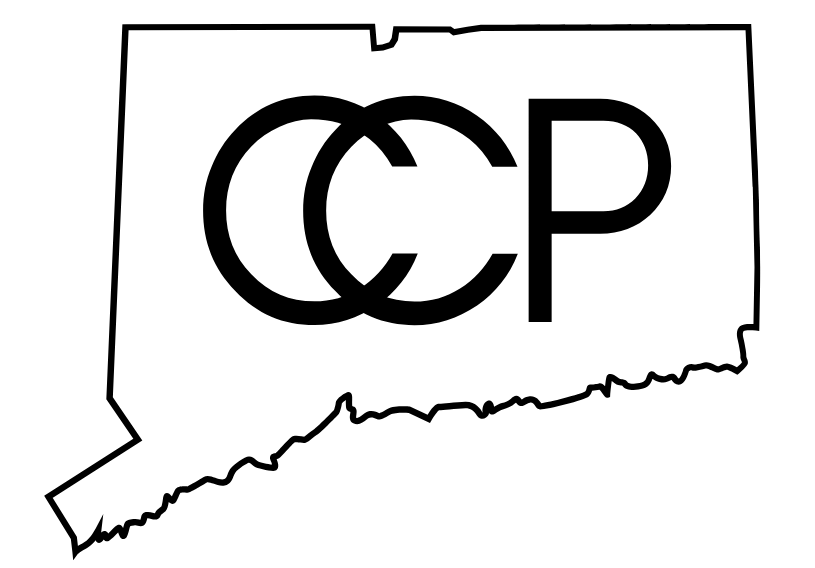Conclusion
The Guardians are an organization of Black Hartford police officers founded in 1962 and still active today. In the late 1960s, they began organizing to demand that the department address racism within its ranks and administration. The first major action occurred in the summer of 1969, during which the Guardians released a list of grievances regarding discrimination within the HPD and orchestrated a sick-call protest. They received support from the Council of Police Societies, a national organization of Black police officers. The next year, the Guardians released a statement vowing to physically intervene should they witness bigotry or racial violence by a white officer. The Guardians continued to organize around internal discrimination through the 1980s, but no longer hold that role.

